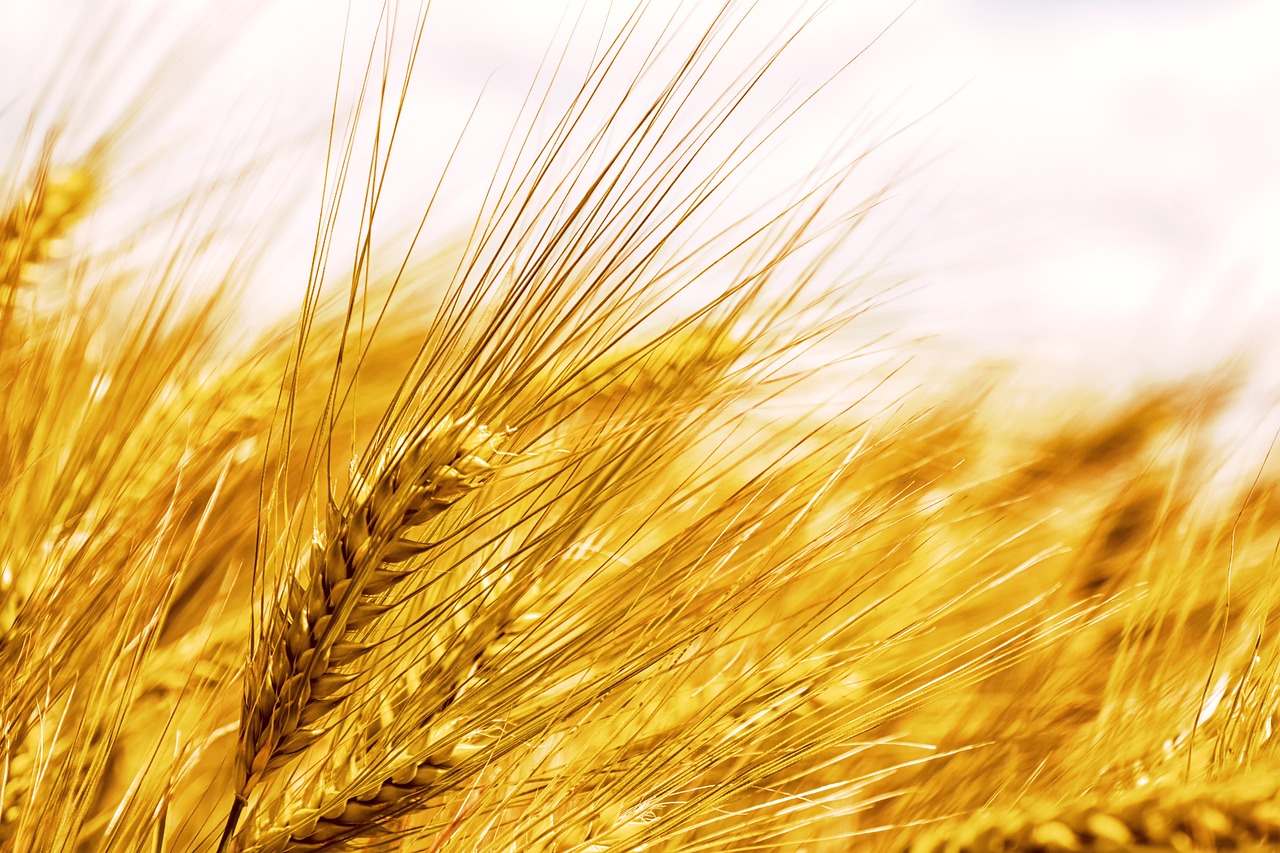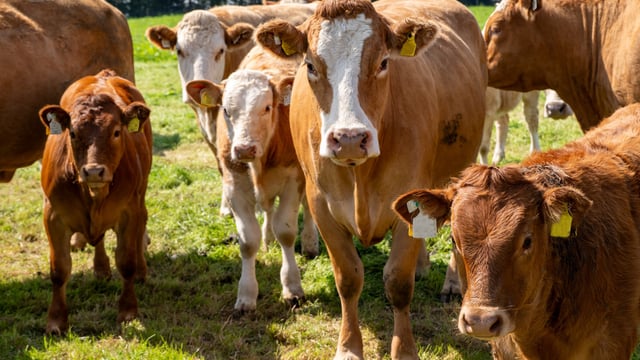'Extreme variability' in UK harvest 2025 yields - AHDB
UK wheat and oat harvests are now into their 'closing stages' at 92% and 89% complete, according to a new report from the Agricultural and Horticultural Development Board (AHDB).
The main areas remaining are northern England, Scotland and Northern Ireland for both crops, plus South West England for wheat.
However, the report also highlights the continuing "extreme variability" in yields this year.
The 2025 harvest has been extremely challenging for many growers, with considerable variability in yields across the country, within regions and even farms.
Harvest yields
Even where yields have been above expectations, price declines throughout the course of the year will have a significant impact on the profitability and cash flow for arable farms.
For those recording low yields, the situation looks even more challenging. This is exacerbated by two difficult years 2024 and 2025 occurring consecutively.
Overall, the harvest has progressed well, with most winter cereals now cut.
For many growers, the harvest will have finished two weeks or more ahead of a typical year.
Spring barley harvesting is estimated to be 68% complete, with the majority remaining to be cut in the north of England, Northern Ireland and Scotland.
As the harvest of spring barley has moved further north, the grain quality has proved more challenging with very high screening levels, resulting in rejections.
Winter barley
The winter barley harvest was completed in the week ending August 06, in line with 2024 but ahead of the five-year average.
As with all crops in all regions, there is significant farm-to-farm variability in winter barley yields.
The many different drivers include soil type and local rainfall levels, grass weed pressures and varietal choice, to name a few.
Yields have ranged from 4.09 t/ha to 8.27 t/ha, highlighting the intense variability between farms.
Winter oilseed rape
The winter oilseed rape (WOSR) harvest was complete by August 8, slightly ahead of 2024. Yields of crops harvested before storm Floris were generally good.
But those harvested after experienced yield losses owing to seeds being knocked out of pods.
The national average yield for WOSR is calculated to be 3.7 t/ha based on the results from farms in the AHDB survey.
This is up 20% on the five-year (2020-2024) average and the joint highest since 2015, in line with 2022.
Oats
The oat harvest is reported to be 89% complete in the UK as at August 20, up from 48% a fortnight ago.
This is well ahead of last year’s 61% complete and the five-year average pace (55% complete).
The oat crop is 88% combined in the North East, 82% in Northern Ireland and 34% complete in Scotland.
Based on data reported so far, yields are down on the five-year average by 10% at 4.8t/ha, albeit with significant variation from 17% up to 28% down on the five-year averages.
With oat harvesting ongoing, this estimate is still subject to change.
Wheat
As of Wednesday August 20, 92% of the wheat crop had been cut in the UK, up from the 48% complete by August 06.
Some areas are left to be cut on farms in the survey in the South West, Yorkshire and the North East, although it is thought these will be wrapped up imminently.
In Scotland, an estimated 37% of the crop has been cut, while in Northern Ireland the wheat harvest is two-thirds complete.
The average UK wheat yield is estimated at 7.3t/ha, 5.4% below the five-year average. Furthermore, it is worth bearing in mind that the five-year average includes two particularly challenging years, 2020 and 2024.
The estimated 2025 UK wheat yield falls 9.1% below the 10-year average.
Spring barley
The spring barley harvest is now estimated to be 68% complete at the national level, following strong progress in the past week.
Although there are pockets of the crop in many regions across the country still to be cut, the majority of what remains is in Scotland, Yorkshire, the North East and Northern Ireland.
In Scotland, the spring barley harvest is reported to be 29% complete.
The yield picture for spring barley is complex. After some promising early reports, the range in spring barley yields reported within this survey runs from 26% below the five-year average, to 21% above it.






